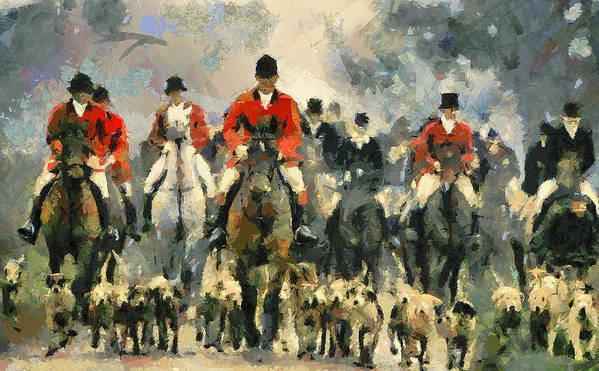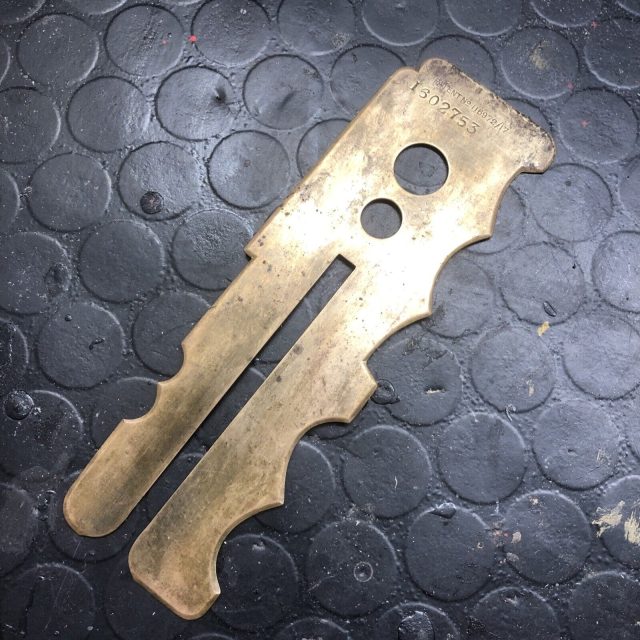
They live among us.
No, not zombies. Or aliens. We’re talking about subcultures, those “mini-cultures” that exist within a larger culture. With their own jargon and traditions, they can be endlessly fascinating.
Off the top of our head, one example could be the “ski bum” culture found wherever there is snow and slopes. Its “members” can be recognized by their laid back approach to life, the lingo they use (shredder, crud, skins, glades, yard sale….), and the owl tan-lines they used to have before helmets became part of ski wear.
The dog fancy is a subculture. Clothes need to have pockets, participants know the difference between free bait and fish bait, they can perform a “triangle” blindfolded, and discuss dog reproduction over a restaurant meal without so much as a blush. As we see it, the fancy is a good example of a group of people who have a common interest that others in the dominating culture around them don’t have or understand.
Within the dog world, there are sub-sub-cultures (for lack of a better way putting it) and if you know what the metal object below is, you might be in one of them:

The object is a button stick, and to be fair, it is probably familiar to anyone who collect buttons, or has had to maintain a gleam on brass buttons. The “stick” is placed under a button while it is being shined to keep polish from getting on the fabric under it. Such sticks were part of the personal kits issued to soldiers of WWI and WWII, but it’s probable that the sticks are also familiar to equestriennes or hound owners who’ve ever been in a hunt club.
Enter the “hunt button.”
Some sources write that hunt buttons were first introduced to the Covert Fund subscribers of the Cheshire Hunt in January 1881, but others write that the buttons (also known as “sporting buttons) date back to the 1830s/40s and got their start with the livery of nobility, specifically, hunting gentlemen riding with hounds. The family coat of arms was a popular motif for the buttons, but hounds, foxes, rabbits, stags – any animal associated with a hunt – could be found as a button design.
Sometimes, monograms or initials were the button design. The original members of the Hampshire Hunt founded in 1745 wore large silver buttons engraved with “HH.” As an aside, it was at the end of the 18th century when the Prince of Wales, later to be crowned George IV, granted permission to the members of the HH to wear the Prince of Wales’ feathers embossed into the hunt button. Interestingly, the tradition continues and permission has been sought and granted by every succeeding Prince of Wales. At the risk of making a bad pun, wearing a coat adorned with the Prince of Wales button had to have been a “feather in one’s cap” for members of the Hampshire Hunt.
Hunt button designs identified the club to which one belonged. In more recent times, the button, usually given by the Master at the end of the season or at the Hunt ball, is in recognition of service to the hunt, such as organizing a hunt, helping exercise the hounds, or putting together a fundraiser.
As a rule, until one is accorded the privilege of wearing such a button, men and women wear a plain black coat with plain black buttons. Once awarded with a button, a man is entitled to wear a red coat with brass buttons, while ladies continue to wear a black coat with a hunt collar and black buttons. There may be different designs for the buttons on hunt coats versus those on a dress coat, and the number of buttons on a coat are also significant: Generally speaking, hunt subscribers wear three buttons, Masters wear four buttons, and huntsman and whippers-in wear five.
It will surprise no one that hunt buttons are eminently collectable, in part because there is history behind them. There are buttons that present a mystery, such as the Sussex Hunt Button, and buttons that feature a hunting dog. There are also websites where one can buy, sell, or swap vintage buttons from more than hundreds of hunts. One of the best we found is the HuntButton that offers a free identification service, and even instructs on the proper way to sew on a hunt button.
Buttons are only half the story of fox hunting attire, and it is way more detailed than what we’ve presented so far. We encourage you read more about it at this link because it will give you an idea of just how much of a subculture the hunt (and hound) world can be. It just might make you want to pay more attention to buttons the next time you watch a show like Downton Abbey!
Image: Top image: “Fox Hunting” by Yury Malkov is available as fine art here. The button stick is an original Vintage WW1 Brass Button. At the time of this writing, it is available on Ebay here.
